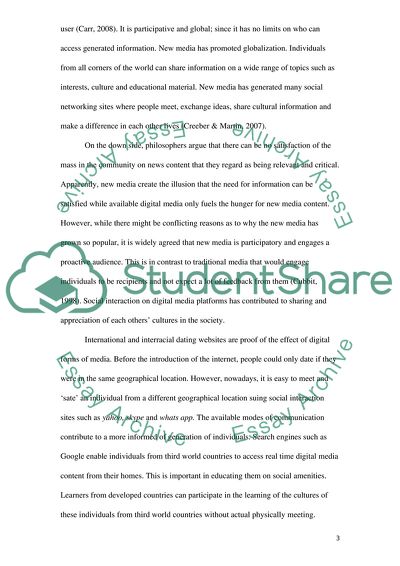Cite this document
(Introduction of Digital Media and Social Interaction: Work and Leisure Essay, n.d.)
Introduction of Digital Media and Social Interaction: Work and Leisure Essay. Retrieved from https://studentshare.org/media/1788301-new-media-theory
Introduction of Digital Media and Social Interaction: Work and Leisure Essay. Retrieved from https://studentshare.org/media/1788301-new-media-theory
(Introduction of Digital Media and Social Interaction: Work and Leisure Essay)
Introduction of Digital Media and Social Interaction: Work and Leisure Essay. https://studentshare.org/media/1788301-new-media-theory.
Introduction of Digital Media and Social Interaction: Work and Leisure Essay. https://studentshare.org/media/1788301-new-media-theory.
“Introduction of Digital Media and Social Interaction: Work and Leisure Essay”, n.d. https://studentshare.org/media/1788301-new-media-theory.


